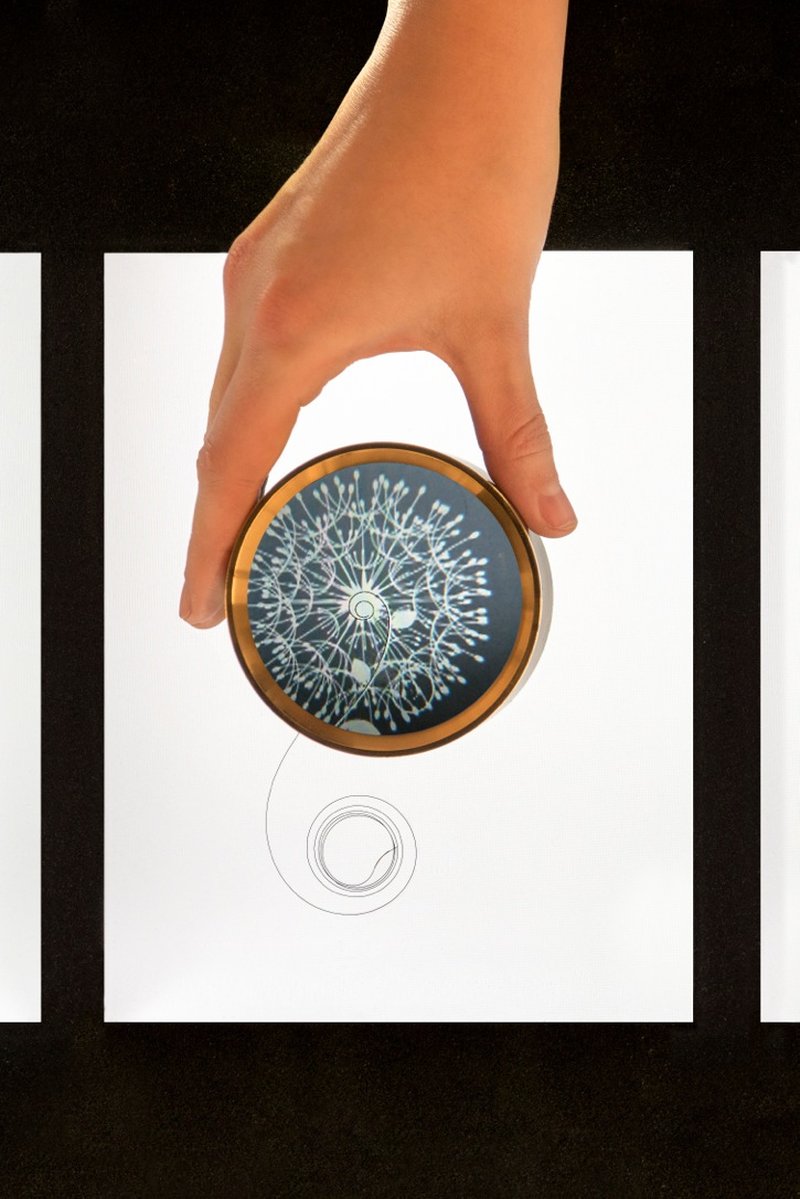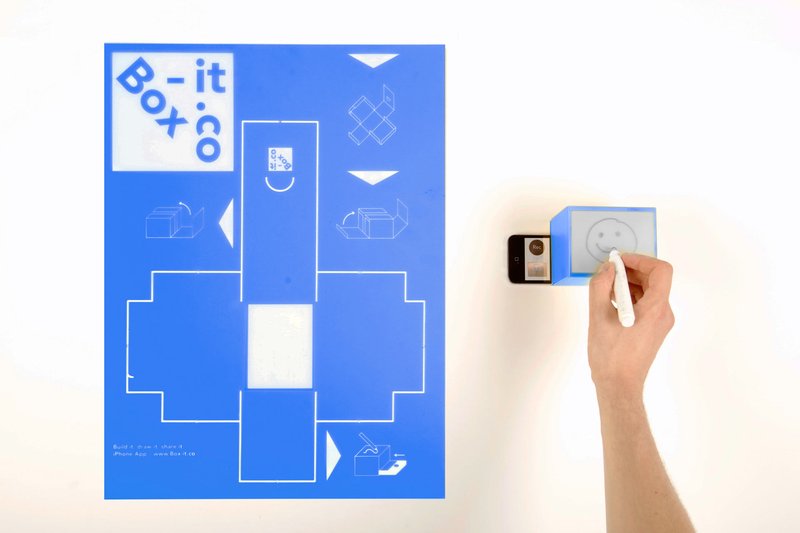
BA MEDIA & INTERACTION DESIGN
One minute repeater
with Alain Bellet, Vincent Jacquier
On the occasion of the 24th edition of the Salon International de la Haute Horlogerie (SIHH), which took place in Geneva from 20th to 24th January 2014, the ECAL/ University of Art & Design Lausanne created, for watchmaker Vacheron Constantin, a special installation named “The Minute Repeater”. This installation is the result of a research work directed at ECAL by Vincent Jacquier, Head of Visual Communication Department, and Alain Bellet, Head of Bachelor Media & Interaction Design. This research, which brings together students from both Bachelor in Media & Interaction Design and Industrial Design, permitted to develop a stand for the watchmaker based in Geneva. Not less than 12 screens reveal the oneiric sense of the Calibre 1731 of Vacheron Constantin. Thank to the animations unveiled on each screen by the magic of magnifying glasses, ECAL proposes its interpretation of this minute repeater movement, known to be the flattest on the market. Animations, production and technical development : Pauline Saglio, Mathieu Rivier, Guilhem Moreau With the help of : Philippe-Albert Lefebvre, Matthieu Minguet Students involved in the project : Laurent Bernaert, Nicolas Nahornyj, Hélène Zeis









